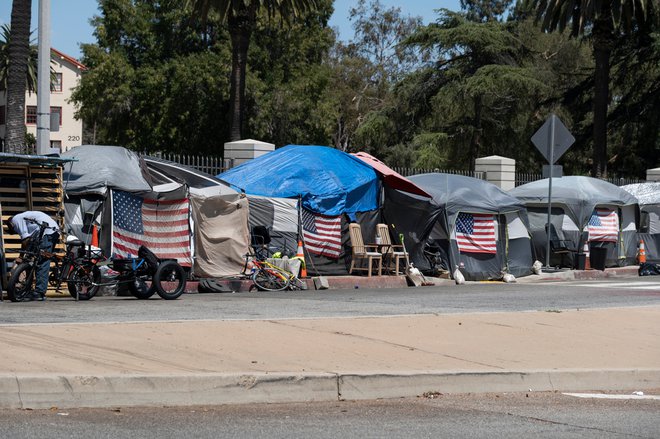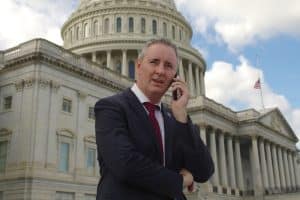Written by Jesse Fairbanks
In late April, the U.S. Supreme Court heard oral arguments in an important case regarding homelessness. Grants Pass v. Johnson will decide whether the city of Grants Pass, Oregon, violated the constitutional rights of people experiencing homelessness by fining or arresting them for sleeping outdoors—even when there were no shelters to take them in.
At the same time, several states and municipalities have expanded involuntary treatment at residential facilities for people struggling with mental illness or substance use. Most of these expansions target people experiencing homelessness who have crises in public. By one estimate, one-third of people who are homeless have a serious mental illness and one in five struggle with substance use. As a traumatic life event, homelessness can cause or exacerbate symptoms of mental illness and addiction.
In March, California voters narrowly passed Proposition 1, a sweeping measure pushed by Governor Gavin Newsom that will add new treatment beds in residential facilities. The state recently broadened the scope of its conservatorship law to include those who can’t provide for their basic needs, resembling a similar measure championed by Mayor Eric Adams in New York City. Other states like Oregon are considering similar expansions.
Although policymakers argue that involuntary treatment can help people experiencing homelessness, expanding forced treatment will have the same consequences as the Supreme Court siding with Grants Pass. Both interventions seek to hide people experiencing homelessness from public view; both seek to make unsheltered homelessness less visible rather than end it.
READ: Homelessness in Bucks County: Right Under Our Noses
States and cities facing rising rates of unsheltered homelessness should invest in affordable, permanent housing, and community-based care instead of dangerous stopgaps.
Criminalization and forced treatment are short-sighted solutions because the primary cause of homelessness is structural, driven by high housing costs.
While homelessness is often the result of a health crisis, financial emergency or fractured social network, housing costs keep people houseless. Personal crises are more likely to push people into homelessness in cities without enough affordable housing. Once homeless, people struggle to re-enter permanent housing because they don’t make enough money to cover monthly rent, let alone a security deposit.
Many people with loved ones who continue to refuse treatment believe that residential psychiatric facilities are the last resort to save them. I can relate. As a child, one of my parents was arrested and forced into residential treatment multiple times. When they were institutionalized, I felt hope that, maybe, this time, they would return to me changed.
But I realize now that the evidence doesn’t back up institutionalization. Forced treatment for severe mental illness or substance use does not help people manage their conditions long-term, nor does it prevent homelessness. In fact, it can be ineffective and potentially traumatizing.
A recent study found that risk for suicide peaks in the months following discharge from inpatient psychiatric care. Another study found that patients who received coerced treatment for serious mental illness were less likely to view the help as beneficial compared to those who sought treatment on their own. Forced treatment poses a particular danger to Black people who are over-represented among the homeless population and over-diagnosed with schizophrenia because of racism in housing and health care systems.
READ: We Need Housing, Not Handcuffs for People Experiencing Homelessness
I believe in alternatives to involuntary inpatient treatment like peer support networks. These alternatives can be hard to imagine in the United States, where mental health care is unaffordable, and most problems caused by an unequal distribution of resources—like housing—are “solved” with incarceration. But research shows that criminalizing homelessness through fines, fees and arrests only leads to more homelessness, debt and family separation while wasting public resources.
Funding a tangled web of law enforcement, psychiatric facilities, and emergency shelters to manage homelessness is far more expensive than ending it through permanent supportive housing. Chronic homelessness costs the public between $30,000 and $50,000 per person every year. These costs will only increase if the Supreme Court rules against the right of people to sleep outdoors when no safe shelter options are available.
Ending unsheltered homelessness among people with severe mental health or substance use challenges requires the government to first provide permanent housing, then offer treatment that’s voluntary and community-based.
Jesse Fairbanks (they/them) is a policy analyst with the public benefits justice team at the Center for Law and Social Policy. This column was produced for Progressive Perspectives, a project of The Progressive magazine, and distributed by Tribune News Service.






